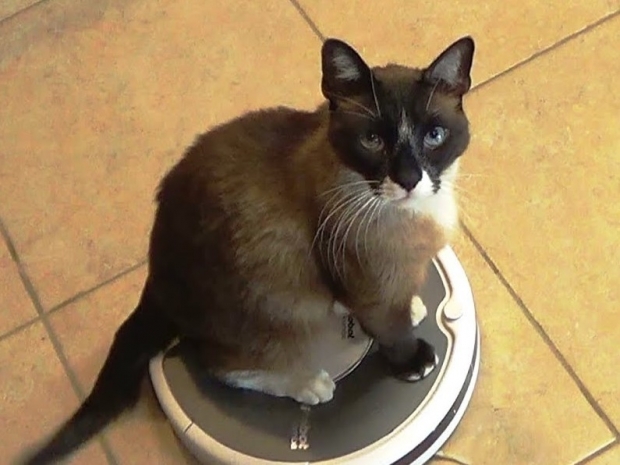An international team finds robot vacuum cleaners can actually be remotely reprogrammed to record sound waves, even though they don’t have a microphone inside them.
Researcher Nirupam Roy from the University of Maryland says the study successfully gathered information using the laser navigation system of a household vacuum robot.
The team discovered that the robot’s laser signals can be converted into sound waves. With the help of signal processing software and machine learning systems, computers can accurately pick out speech and musical patterns from television shows the vacuum is eavesdropping on.
The study finds that these devices rely on light detection and ranging (Lidar) to help them roll around a room. The vacuum shines its laser throughout a room and senses the reflections as the beam bounces off walls and objects. The machinecan then map out where to go and when to turn to efficiently clean a house.
The researchers set out to uncover if Lidar could also pose a threat as a real-time recording device. The study explains that sound waves cause objects to vibrate. This triggers small variations in the light that bounces off of them. Since the 1940s, laser microphones have been able to convert these variations in light back into a sound wave. These devices, often used in spy operations, rely on the laser beam reflecting off a smooth surface like a window.
The study then captured the Lidar signals as they bounced off several nearby objects, including a trash can, cardboard box, takeout carton, and a shopping bag. Researchers ran the signals through their computer learning algorithms which can tell the difference between human voices and music.
Apparently, they could identify 90 percent of the spoken numbers in the room. The program could also successfully pick out 90 percent of the television shows from a minute long recording.

